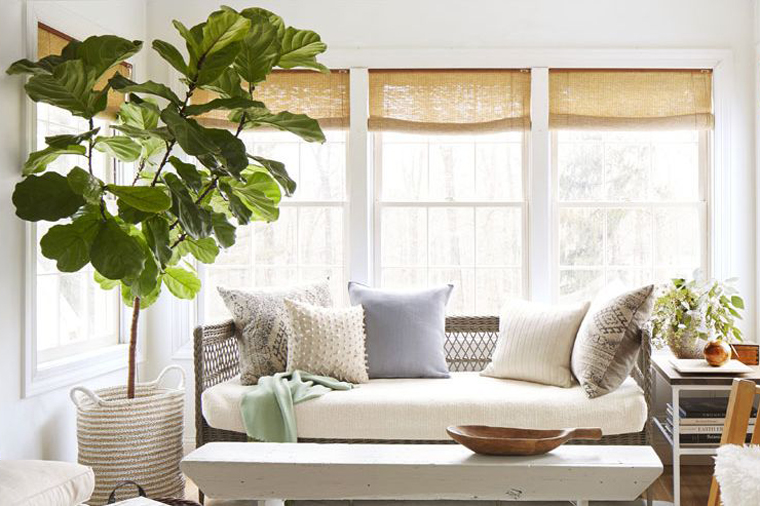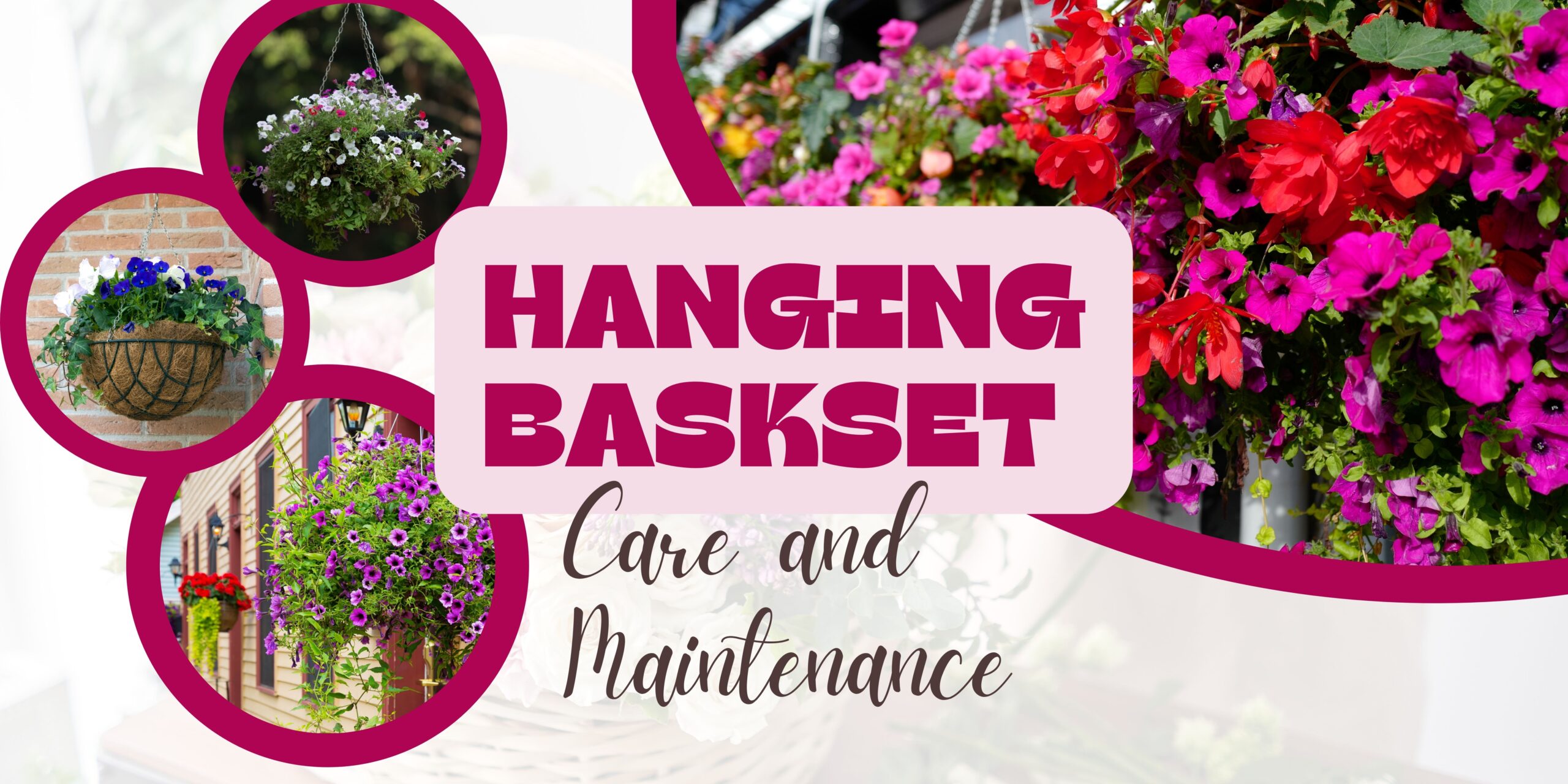How to Choose the Right Plant for Your Space
Houseplants have become increasingly popular in recent years and for good reason. There are numerous benefits to keeping plants indoors. Houseplants have been shown to improve air quality, improve mood, and lower stress and anxiety. They can also brighten a space and make a home feel more welcoming and cozy. However, not every plant will thrive in every space, so it is helpful to consider a few things before shopping for your next potted friend.
Light Conditions
In the same way humans won’t survive long without food, plants won’t survive long without sun… and different plants have different light needs. Some houseplants do prefer direct light but most are happiest in bright rooms out of the direct rays of the sun. Which direction the room faces, whether its north, south, east or west, and how close plants are to a window will also play a role in how well a plant thrives. While this quick guide will give you a general starting point on the light needs of different plants there are a few things to keep in mind. Some plant varieties have several different subspecies, each with their own light preferences, and some plants are more tolerant to a range of different light conditions, but will usually grow faster in brighter light. Learning the light needs of your houseplants takes a bit of trial and error, but you can start with this list and adjust the placement of your plant as needed.
Low Light Tolerant
NORTH : 1-3ft
EAST/WEST : 2-10ft
SOUTH : 15-20ft
Arrowhead Plant, Syngonium podophyllum
Chinese Evergreen, Aglaonema
Heartleaf Philodendron, Philodendron hederaceum
Parlor Palm, Chamaedorea elegans
Peace Lily Plant, Spathiphyllum
Pothos Plant, Epipremnum aureum
Rabbit Foot Fern, Davallia fejeensis
Snake Plant, Dracaena trifasciata
White Flag Plant, Spathiphyllum
ZZ Plant, Zamioculcas
Moderate Light
NORTH : 0ft
EAST/WEST : 1-3ft
SOUTH : 3-10ft
Asparagus Fern, Asparagus setaceus
Begonia, Begonia
Bird’s Nest Fern, Asplenium nidus
Boston Fern, Nephrolepis exaltata
Dracaena, Dracaena
Dumb Cane, Dieffenbachia
Fiddle Leaf Fig, Ficus lyrata
Grape Ivy, Cissus rhombifolia
Inchplant, Tradescantia zebrina
Lace Leaf, Anthurium
Prayer Plant, Maranta leuconeura
Radiator Plant, Peperomia
Rubber Plant, Ficus elastica
Sago Palm, Cycas revoluta
Spider Plant, Chlorophytum comosum
Swedish Ivy, Plectranthus verticillatus
Umbrella Plant, Schefflera
Bright Light Dependant
NORTH : X
EAST/WEST : 0ft
SOUTH : 1-5ft
Baby Tears, Soleirolia soleirolii
Cactus, Cactaceae
Croton, Codiaeum variegatum
Crown of Thorns, Euphorbia milii
English Ivy, Hedera helix
Jade, Crassula ovata
Norfolk Pine, Araucaria heterophylla
Ponytail Palm, Beaucarnea recurvata
Succulents
Wax Plant, Hoya carnosa
Weeping Fig, Ficus benjamina
Zebra Plant, Aphelandra squarrosa
Space & Size
When choosing a plant for your space, you’ll also want to consider a few things about the space itself. In addition to the right light conditions, you’ll also want to make sure there is good air flow and no dramatic temperature swings. When picking the perfect spot, keep in mind that plants GROW, especially when they are happy and thriving. If a plant outgrows its space it may not continue to thrive if moved to another location. Some plants are more tolerant of change than others, but to error on the side of caution, making sure there is plenty of growing room and choosing a younger smaller plant will ensure a longer healthier life for your plant.
Watering & Humidity
The watering and humidity needs of houseplants vary greatly. Different species have different needs depending on what part of the world they originate from. Some plants like it dry, such as cacti and succulents. Some plants are very tolerant of drier conditions such as snake plants, zz plants, and even jade, just to name a few. But most indoor plants come from more tropical regions where it rains more and the humidity is higher. We have a fairly dry climate here in Alberta, not desert dry, but drier than what most tropical plants are used to, so houseplants here tend to need more watering and occasionally an added humidifier. Consider how much time and energy you’d like to put into your plants before buying them. If less time, choose plants that like less water and dryer conditions. If you’re looking forward to a regular watering routine or a more humid home go for those lush tropicals. In either case, the light and water needs should be marked on the plant tag to let you know if that plant is a good fit for your lifestyle.
Pet Safety
Lastly, pet safety should also be taken into consideration. As beautiful as houseplants may be, they can pose a threat to our furry loved ones, especially if you have a cat or dog that likes to chew on your indoor plants. The ASPCA provides an online comprehensive listing of both toxic and non-toxic plants for cats, dogs and horses. Each plant listed has a link for more specific details on which animals are affected, how they are affected, and clinical signs to watch for… an invaluable tool for any pet owner.
Buying Tips
Once you’ve narrowed down your wish list to a select few plants, it’s time to go shopping! Whether you shop at a local garden center, home renovation store or even a supercentre that happens to have a few plants for sale, there are a few things you will want to look-out for when purchasing new plants.
Check for Health
First, take a look at the overall health. Avoid plants with yellowing or browning leaves, leaves that are pale in colour, or if the edges look dry or crisp. Also avoid plants with sparse foliage or leggy growth. Check for discolouration spots, which can be an indicator or pest or disease. Healthy plants have bright saturated foliage, are usually full, bushy and compact in their growth habit.
Check for New Growth
Another exciting indicator of a healthy plant is to look for signs of recent new growth, this will indicate that it is actively growing and its health has not been impacted while in the care of the retailer. It’s also fun to watch new growth continue to grow and experience the satisfaction of knowing your plant is still happy once its home and in your care.
Check for Bugs
The unfortunate truth is, bugs happen. Pests are extremely adept at finding their way into potted plants. Many of which are so small, they can easily go unnoticed even by experienced growers until their numbers inflate and damage becomes more apparent. Before buying any plant, first check the entire plant and the topsoil for signs of bugs. It is common for bugs to hide beneath leaves, clustered along new growth and lodged in that little nook where the leaves and stem join. Other telltale signs include changes in leaf colour or texture, spotted or speckled leaves, and distorted or misshapen leaves, especially if the leaves appear cupped or pinched. You should also look for fine webbing underneath leaves or where the leaves join the stem. Tiny trails in the soil that appear shiny or slimey is another indicator that plant has bugs. Finally, check for a shiny and sticky residue on the leaves, known as honeydew. Honeydew will often encourage mold to grow which will appear as black smudges. If you find any of those signs, walk far far FAR away and wash your hands well before visiting any other plants.
Check the Soil
Lastly, check the health of the soil. A houseplant should be potted in soil that is not too loose, nor too compact. Depending on when it was watered last, it should feel like damp earth and it should not feel crusty or rock hard. Mushrooms and moss growth are indicators that there is actually a healthy microbiome in your soil and that’s a good thing. If you find the soil is less than ideal, but the plant looks healthy and it appears to be bug free, you can easily repot your plant in your preferred potting soil once home.
 |
| 



